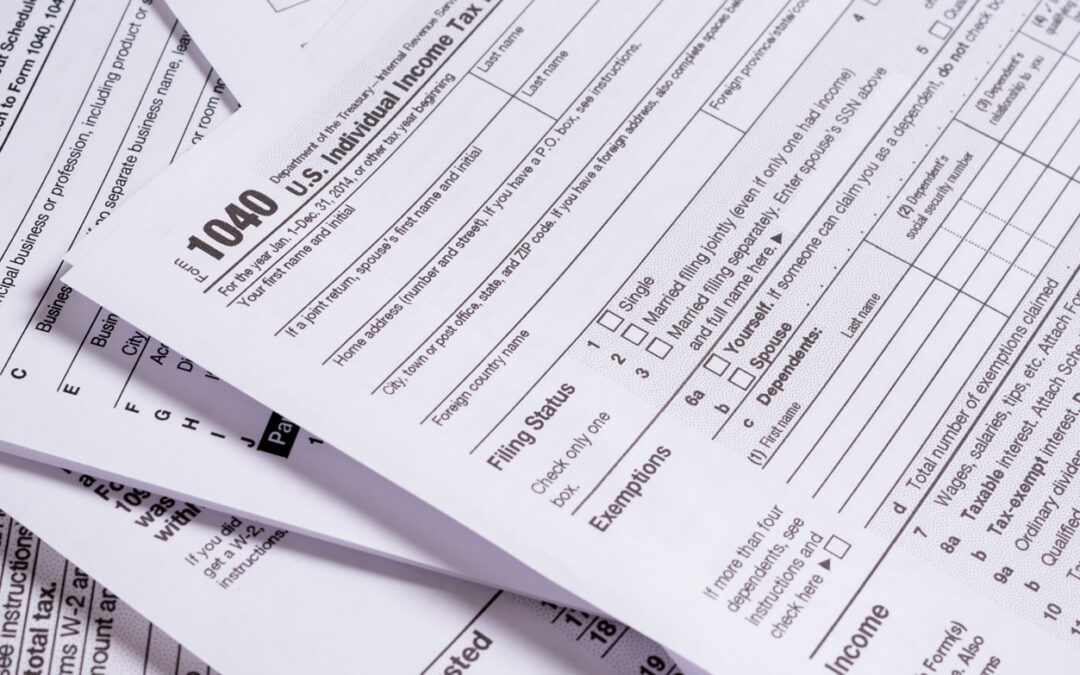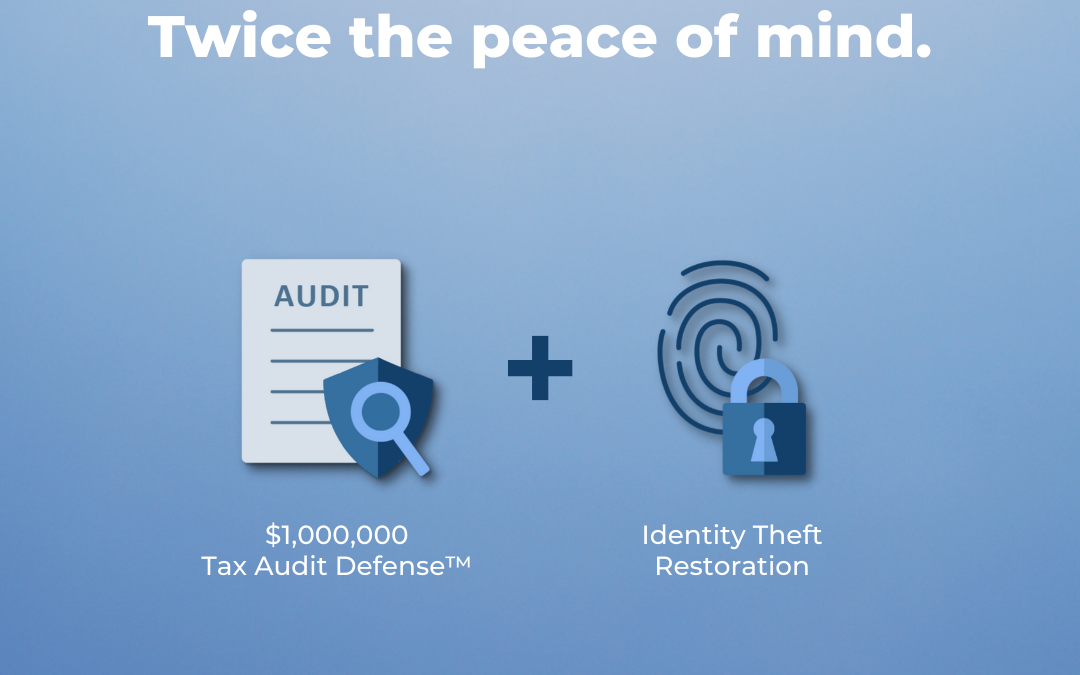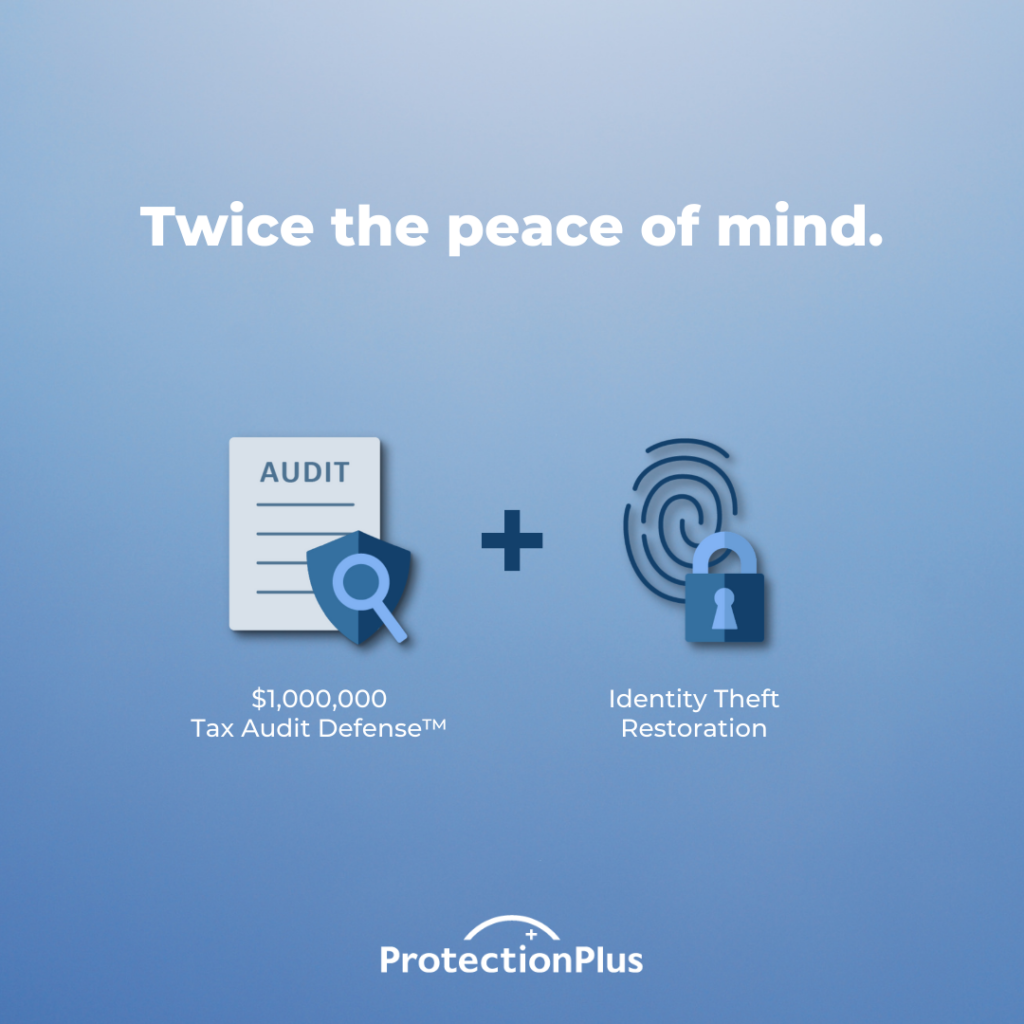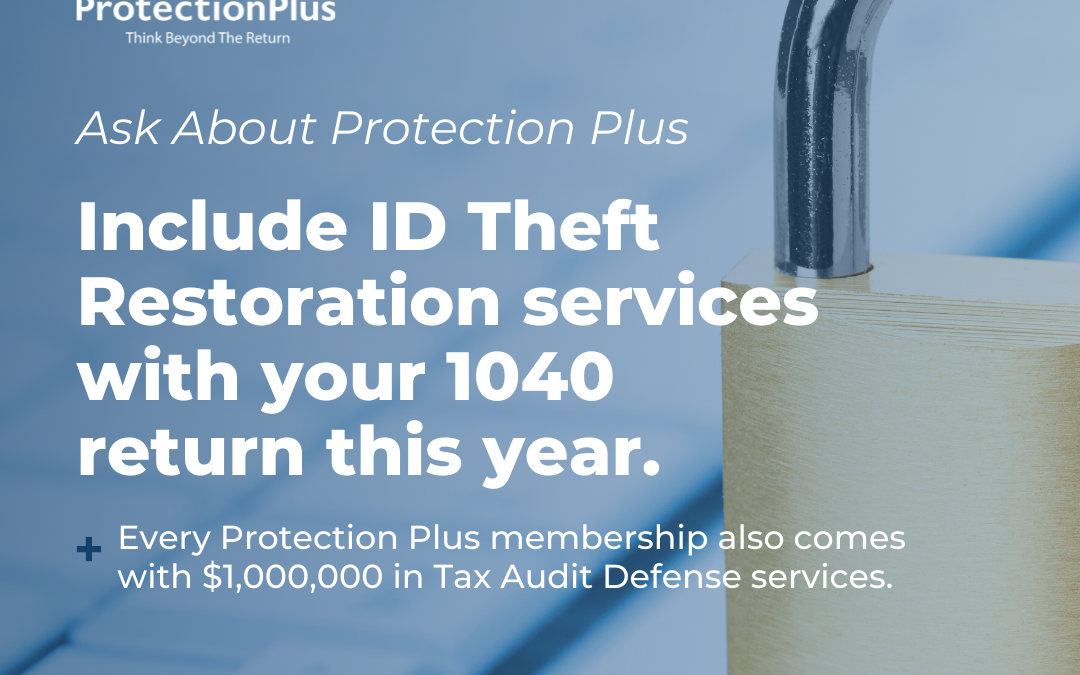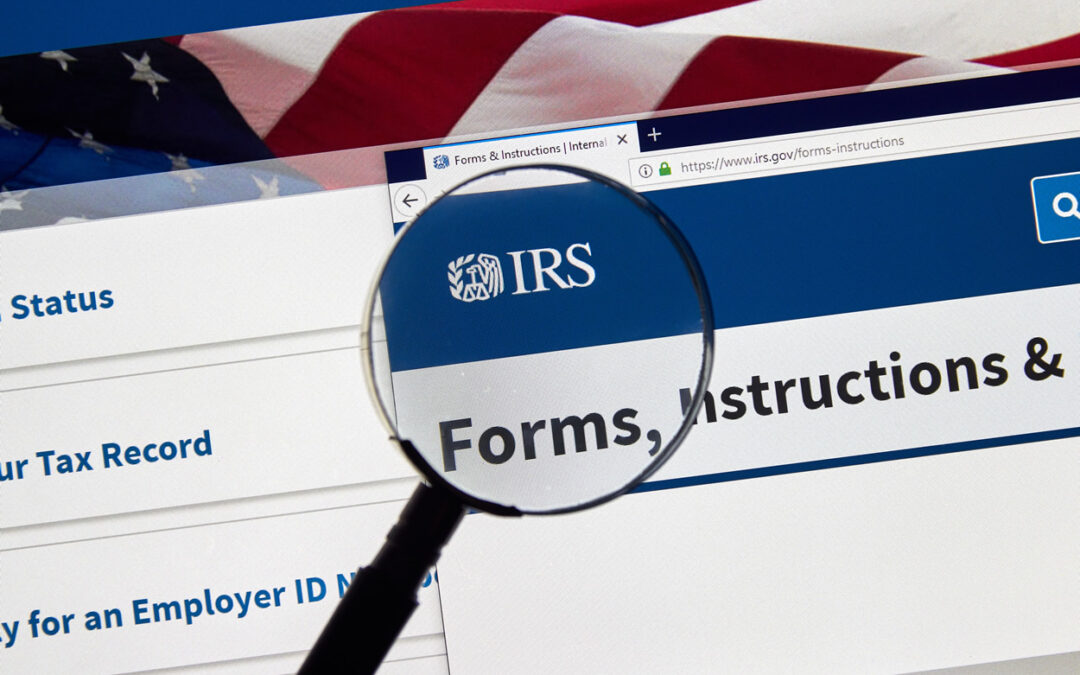
by sreamercpa | Feb 16, 2023 | accounting-tax, IRS
Issue Number: IR-2023-28
Inside This Issue
Avoid the rush: Presidents Day marks peak time period for calls; use IRS online tools in February to avoid delays, get tax help
WASHINGTON — With the nation entering a peak period for filing taxes, the Internal Revenue Service urges taxpayers to use online tools to get answers quickly and avoid phone delays during a traditional peak period for IRS phone lines around Presidents Day.
Presidents Day weekend, when many people prepare their taxes, historically marks a peak period for IRS phone lines. During the two week February period following Presidents Day, the IRS recommends turning first to the self-help tools available online on IRS.gov to avoid delays.
“The IRS continues to see improvements this tax season compared to previous years, including better phone service,” said IRS Acting Commissioner Doug O’Donnell. “But we always see a significant surge in phone traffic around Presidents Day. With the calendar advancing, millions of people turn their attention to taxes during this period. To avoid potential delays, we encourage people to check IRS.gov first, which can provide much of the same information instantly to taxpayers.”
Easy-to-use and available anytime, the IRS website can help taxpayers file and pay taxes, find information about their accounts, determine eligibility for tax credits and get answers to tax questions.
And when it comes time to file, taxpayers are encouraged to e-file and choose direct deposit to get their refunds as quickly as possible.
Available IRS tools to help taxpayers through tax filing season
The IRS recommends trying the following self-help resources available to taxpayers 24/7 for a smooth and easy tax filing experience.
- IRS.gov offers a variety of online tools to help taxpayers answer common tax questions. For example, taxpayers can search the Interactive Tax Assistant, Tax Topics and Frequently Asked Questions to find answers.
- The Earned Income Tax Credit Assistant allows taxpayers to check eligiblity for this valuable credit. Taxpayers can also calculate how much EITC they may get and find answers to EITC questions.
- IRS Online Account gives taxpayers secure access to personal tax account information including balance, payments and tax records with previous year’s adjusted gross income information.
- The IRS offers basic tax information in several languages to help taxpayers get the information they need to file a federal tax return and pay any tax owed.
- IRS Free File provides eligible taxpayers who want to prepare their own returns free tax preparation and the Volunteer Income Tax Assistance (VITA) or Tax Counseling for the Elderly (TCE) programs offer free tax help from certified volunteers at thousands of sites across the country.
- The “Where’s My Refund?” tool on IRS.gov and the IRS2Go app allow taxpayers to check the status of their refund within 24 hours after the IRS accepts their e-filed tax return. Where’s My Refund? updates once every 24 hours, usually overnight, so taxpayers don’t need to check more than once a day. Tax law prevents the IRS from issuing refunds that include the EITC and/or the Additional Child Tax Credit before Feb. 15. But not to worry, “Where’s My Refund?” should provide an updated refund status for most early filers by Feb. 18 and EITC/ACTC related refunds should be available in taxpayer bank accounts or on debit cards by Feb. 28 if they chose direct deposit and there are no other issues with their tax return.
- The Tax Withholding Estimator can help taxpayers determine the right amount of tax to have withheld from a paycheck. Taxpayers should submit a new Form W-4 to their employer if an adjustment is needed.
- The IRS Services Guide and the Let Us Help You page on IRS.gov can help taxpayers find additional ways to get help.
For those who need to talk to someone, the IRS has hired an additional 5,000 customer service representatives to help staff its toll-free customer service line. IRS Taxpayer Assistance Centers or TACs are another resource for individuals who need more than online tools or the IRS toll-free customer service line to solve a tax matter. Anyone who needs face-to-face service should make an appointment or check for special Saturday hours before visiting.
Missing information?
Taxpayers should call employers for missing Forms W-2. Those who did not receive a Form W-2, Wage and Tax Statement, from one or more employers by Jan. 31 should contact the issuer to inform them of the missing form.
Those who do not get a response from an issuer must still file on time and may need to use Form 4852, Substitute for Form W-2, Wage and Tax Statement, or Form 1099R, Distributions From Pensions, Annuities, Retirement or Profit-Sharing Plans, IRA’s Insurance Contracts, Etc.
For a copy of Form 1099 or 1042 to report Social Security income, visit the Social Security Administration website. These forms can be downloaded through my Social Security account. It’s fast and secure.

by sreamercpa | Jan 24, 2023 | IRS, reisterstown-md-cpa
WASHINGTON –The Internal Revenue Service today reminded taxpayers to choose a tax return preparer with care. Even though most tax return preparers provide honest, quality service, some may cause harm through fraud, identity theft and other scams.
When hiring an individual or firm to prepare a tax return, filers need to understand who they’re choosing and what important questions to ask.
A taxpayer’s needs will determine which kind of preparer is best for them. Whether taxpayers regularly use a tax professional to help them file a tax return or have decided to work with one for the first time, choosing a tax professional carefully is important. Taxpayers are ultimately responsible for all the information on their income tax return, regardless of who prepares the return.
When choosing a tax professional, the IRS urges taxpayers to visit IRS.gov. The Choosing a Tax Professional page on IRS.gov has information about tax return preparer credentials and qualifications. The IRS Directory of Federal Tax Return Preparers with Credentials and Select Qualifications can help identify many preparers by type of credential or qualification.
Warning signs
By law, anyone who is paid to prepare or assists in preparing federal tax returns must have a valid Preparer Tax Identification Number. Paid preparers must sign and include their PTIN on any tax return they prepare.
Not signing a return is a red flag that the paid preparer may be looking to make a quick profit by promising a big refund or charging fees based on the size of the refund. Taxpayers should avoid these unethical “ghost” tax return preparers.
A ghost preparer is someone who doesn’t sign tax returns they prepare. Unscrupulous ghost preparers often print the return and have the taxpayer sign and mail it to the IRS. For electronically filed returns, a ghost preparer will prepare the tax return but refuse to digitally sign it as the paid preparer.
Tips for selecting a tax return preparer
Here are a few tips to consider when choosing a tax return preparer:
- Look for a preparer who’s available year-round. If questions come up about a tax return, taxpayers may need to contact the preparer after the filing season is over.
- Review the preparer’s history. Check the Better Business Bureau website for information about the preparer. Look for disciplinary actions and the license status for credentialed preparers. For CPAs, check the State Board of Accountancy’s website, and for attorneys check with the State Bar Association. For enrolled agents go to IRS.gov and search for “verify enrolled agent status” or check the IRS Directory of Federal Tax Return Preparers.
- Ask about service fees. Taxpayers should avoid tax return preparers who base their fees on a percentage of the refund or who offer to deposit all or part of the refund into their own financial accounts. Be wary of tax return preparers who claim they can get larger refunds than their competitors.
- Ensure their preparer offers IRS e-file. The IRS issues most refunds in fewer than 21 days for taxpayers who file electronically and choose direct deposit.
- Provide records and receipts. Good preparers ask to see these documents. They’ll also ask questions to determine the client’s total income, deductions, tax credits and other items. Do not hire a preparer who e-files a tax return using a pay stub instead of a Form W-2. This is against IRS e-file rules.
- Understand the preparer’s credentials and qualifications. Attorneys, CPAs and enrolled agents can represent any client before the IRS in any situation. Annual Filing Season Program participants may represent taxpayers in limited situations if they prepared and signed the tax return.
- Never sign a blank or incomplete return. Taxpayers are responsible for filing a complete and correct tax return.
- Review the tax return before signing it. Be sure to ask questions if something is not clear or appears inaccurate. Any refund should go directly to the taxpayer – not into the preparer’s bank account. Review the routing and bank account number on the completed return and make sure it’s accurate.
Taxpayers can report preparer misconduct to the IRS using Form 14157, Complaint: Tax Return Preparer. If a taxpayer suspects a tax return preparer filed or changed their tax return without their consent, they should file Form 14157-A, Tax Return Preparer Fraud or Misconduct Affidavit.
More information:

by sreamercpa | Jan 13, 2023 | IRS, tax-planning
WASHINGTON – The Internal Revenue Service today announced Monday, Jan. 23, 2023, as the beginning of the nation’s 2023 tax season when the agency will begin accepting and processing 2022 tax year returns.
More than 168 million individual tax returns are expected to be filed, with the vast majority of those coming before the April 18 tax deadline. People have three extra days to file this year due to the calendar.
With the three previous tax seasons dramatically impacted by the pandemic, the IRS has taken additional steps for 2023 to improve service for taxpayers. As part of the August passage of the Inflation Reduction Act, the IRS has hired more than 5,000 new telephone assistors and added more in-person staff to help support taxpayers.
“This filing season is the first to benefit the IRS and our nation’s tax system from multi-year funding in the Inflation Reduction Act,” said Acting IRS Commissioner Doug O’Donnell. “With these new additional resources, taxpayers and tax professionals will see improvements in many areas of the agency this year. We’ve trained thousands of new employees to answer phones and help people. While much work remains after several difficult years, we expect people to experience improvements this tax season. That’s just the start as we work to add new long-term transformation efforts that will make things even smoother in future years. We are very excited to begin to deliver what taxpayers want and our employees know we could do with this funding.”
These steps took place as the IRS worked for months to prepare for the 2023 tax season. The Jan. 23 start date for individual tax return filers allows the IRS time to perform annual updates and readiness work that are critical to ensuring IRS systems run smoothly. This is the date IRS systems officially begin accepting tax returns. Many software providers and tax professionals are already accepting tax returns; they will transmit those returns to the IRS when the agency begins accepting tax returns on Jan. 23.
The IRS urges people to have all the information they need before they file a tax return. Filing a complete and accurate tax return can avoid extensive processing and refund delays as well as avoid the possibility of needing to file an amended tax return.
In addition, the IRS encourages people to carefully review their tax situation to make sure they don’t overlook important tax credits they may be eligible for, like the Earned Income Tax Credit (EITC). The IRS has set a special day on Jan. 27 to encourage people to make sure they understand the important benefits of the EITC, a credit that can help low- and moderate-income workers and families.
The IRS has a variety of free services available to help people. The IRS’s Volunteer Income Tax Assistance and Tax Counseling for the Elderly programs also offer free basic tax return preparation to qualified individuals. People can also get help from trusted tax professionals, commercially available tax software as well as IRS Free File, which provides free electronic filing of tax returns.
April 18 tax filing deadline in 2023
The filing deadline to submit 2022 tax returns or an extension to file and pay tax owed is Tuesday, April 18, 2023, for most taxpayers. By law, Washington, D.C., holidays impact tax deadlines for everyone in the same way as federal holidays. The due date is April 18, instead of April 15, because of the weekend and the District of Columbia’s Emancipation Day holiday, which falls on Monday, April 17.
Taxpayers requesting an extension will have until Monday, Oct. 16, 2023, to file.
Tips to help people with the 2023 tax season
The IRS recommends several things for people to keep in mind for a smooth filing experience this year:
Have the right information before filing. The IRS encourages individuals to have all the information they need before filing a complete and accurate return. Organize and gather 2022 tax records including Social Security numbers, Individual Taxpayer Identification Numbers, Adoption Taxpayer Identification Numbers and this year’s Identity Protection Personal Identification Numbers valid for calendar year 2023.
Filing an accurate tax return can help taxpayers avoid delays or later IRS notices. Sometimes this means waiting to make sure individuals have accounted for all their income and the related documents. This is especially important for people who may receive one of the various Forms 1099 from banks or other payers reporting unemployment compensation, dividends, pension, annuity or retirement plan distributions.
People should also remember that most income is taxable, including unemployment income, interest received or money earned from the gig economy or digital assets. Individuals should make sure they report the correct amount on their tax return to avoid processing delays.
Visit IRS.gov first for questions. The IRS reminds people to visit IRS.gov first for common questions and also to check on the status of their refunds. IRS.gov has much of the same information that IRS phone assistors have.
The IRS anticipates making significant improvements to phone service this year for taxpayers and tax professionals as more training for new phone assistors is completed in the weeks ahead. However, the IRS emphasizes it’s important to note that call volumes remain at historically high levels. The IRS urges people to visit IRS.gov for the information they need.
“Our phone volumes remain at very high levels,” O’Donnell said. “For faster access to information, we urge people to start with IRS.gov. From there, taxpayers can quickly access the variety of free resources available to help taxpayers anytime, day or night.”
Speed refunds by filing electronically and choosing direct deposit. There are important steps people can take to help ensure their tax return and refund are processed without delays. The most important is to file electronically with direct deposit. This is still the fastest and easiest way to file and receive a refund. To avoid delays in processing, people should avoid filing paper returns wherever possible.
To speed refunds, the IRS urges people to file electronically with direct deposit information as soon as they have everything needed to file an accurate return. Individuals can use a bank account, prepaid debit card or mobile app to use direct deposit and will need to provide routing and account numbers with their return. Learn how to open an account at an FDIC-insured bank or through the National Credit Union Locator Tool.
IRS Free File available Jan. 13
IRS Free File will open Jan. 13 when participating providers will accept completed returns and hold them until they can be filed electronically with the IRS. Many commercial tax preparation software companies and tax professionals will also be accepting and preparing tax returns before Jan. 23 to submit the returns when the IRS systems open.
The IRS’s Free File program, available only at IRS.gov, allows taxpayers who made $73,000 or less in 2022 to file their taxes electronically for free using brand-name software provided by commercial tax filing companies. Free File Fillable forms, a part of this effort, is available to any income level and provides free electronic forms that people fill out and file themselves also at no cost.
Most refunds issued in less than 21 days; EITC refunds for many available starting Feb. 28
The IRS anticipates most taxpayers will receive their refund within 21 days of when they file electronically, if they choose direct deposit and there are no issues with their tax return. Taxpayers should check Where’s My Refund? on IRS.gov for their personalized refund status.
While the IRS will begin accepting returns Jan. 23, the IRS cannot issue a refund that includes the Earned Income Tax Credit or Additional Child Tax Credit (ACTC) before mid-February. This is due to the 2015 PATH Act law passed by Congress, which provides this additional time to help the IRS stop fraudulent refunds from being issued.
Where’s My Refund? should show an updated status by Feb. 18 for most early EITC/ACTC filers. The IRS expects most EITC/ACTC related refunds to be available in taxpayer bank accounts or on debit cards by Feb. 28 if taxpayers chose direct deposit and there are no other issues with their tax return.
Awaiting processing of previous tax returns? People can still file 2022 returns
Currently, the IRS has processed all paper and electronic individual tax year 2021 returns received prior to November 2022 that didn’t require error-correction or further review. The IRS continues to work on remaining tax returns in these categories. This work will not impact tax refund timing for people filing in 2023, but the IRS continues to urge people to make sure they submit an error-free tax return this tax season to avoid delays. Check the IRS Operations page for the latest information about the status of tax returns received in 2022.
IRS.gov, IRS Online Account provide free help
Taxpayers can find online tools at IRS.gov that are easy-to-use and available anytime. Millions of people use them to help file and pay taxes, find information about their accounts, determine eligibility for tax credits and get answers to tax questions.
An IRS Online Account allows individuals to log in securely to access personal tax account information including balance, payments and tax records including adjusted gross income.
There are various types of tax return preparers, including enrolled agents, certified public accountants, attorneys and some who don’t have a professional credential. Choosing a Tax Professional offers information to help people select one. The Directory of Federal Tax Return Preparers with Credentials and Select Qualifications can help taxpayers find local preparers who currently hold professional credentials recognized by the IRS or who hold an Annual Filing Season Program Record of Completion.
The Interactive Tax Assistant provides answers to many tax law questions. For example, it can help people determine if a type of income is taxable, or if they can deduct certain expenses. It also helps people find out if life event changes make them eligible for credits they didn’t qualify for in the past and provides answers for general questions, such as determining filing status, if someone can claim dependents or if they have to file a tax return.
Where’s My Refund? offers taxpayers the ability to check the status of their refund within 24 hours after the IRS accepts their e-filed tax return. The Where’s My Refund? tool updates once every 24 hours, usually overnight.
MilTax is a free tax resource available for the military community, offered through the Department of Defense. It includes tax preparation and electronic filing software, personalized support from tax consultants and current information about filing taxes. It’s designed to address the realities of military life – including deployments, combat and training pay, housing and rentals and multi-state filings. Eligible taxpayers can use MilTax to electronically file a federal tax return and up to three state returns for free.
Key filing season dates
There are several important dates taxpayers should keep in mind for this year’s filing season:
- Jan. 13: IRS Free File opens
- Jan. 17: Due date for tax year 2022 fourth quarter estimated tax payment.
- Jan. 23: IRS begins 2023 tax season and starts accepting and processing individual 2022 tax returns.
- Jan. 27: Earned Income Tax Credit Awareness Day to raise awareness of valuable tax credits available to many people – including the option to use prior-year income to qualify.
- April 18: National due date to file a 2022 tax return or request an extension and pay tax owed due to the Emancipation Day holiday in Washington, D.C.
- Oct. 16: Due date to file for those requesting an extension on their 2022 tax returns.
Before filing: Plan ahead
It’s never too early to get ready for the tax-filing season. For more tips and resources, check out the Get Ready page on IRS.gov.
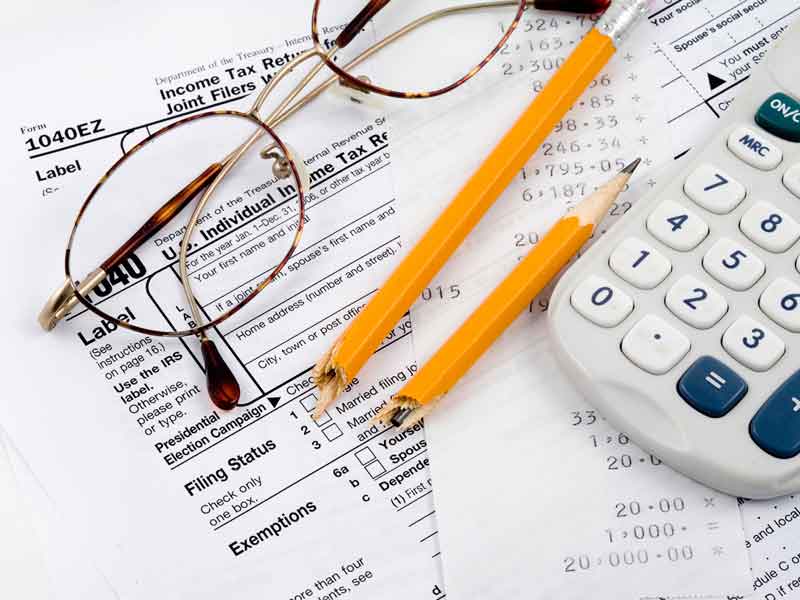
by sreamercpa | Jan 11, 2023 | accounting-tax, IRS, tax-planning
One of the first decisions taxpayers must make when completing a tax return is whether to take the standard deduction or itemize their deductions. There are several factors that can influence a taxpayer’s choice, including changes to their tax situation, any changes to the standard deduction amount and recent tax law changes.
Generally, most taxpayers use the option that gives them the lowest overall tax.
As taxpayers begin to think about filing their tax return, here are some things they should know about standard and itemized deductions.
Standard deduction
The standard deduction amount increases slightly every year. The standard deduction amount depends on the taxpayer’s filing status, whether they are 65 or older or blind, and whether another taxpayer can claim them as a dependent. Taxpayers who are age 65 or older on the last day of the year and don’t itemize deductions are entitled to a higher standard deduction.
Most filers who use Form 1040 can find their standard deduction on the first page of the form. The standard deduction for most filers of Form 1040-SR, U.S. Tax Return for Seniors, is on the last page of that form.
According to the Instructions for Form 1040 and 1040-SR, not all taxpayers can take a standard deduction, including:
- A married individual filing as married filing separately whose spouse itemizes deductions – if one spouse itemizes on a separate return, both must itemize.
- An individual who files a tax return for a period of less than 12 months. This is uncommon and could be due to a change in their annual accounting period.
- An individual who was a nonresident alien or a dual-status alien during the year. Nonresident aliens who are married to a U.S. citizen or resident alien, however, can take the standard deduction in certain situations.
Itemized deductions
Taxpayers who choose to itemize deductions may do so by filing Schedule A, Form 1040, Itemized Deductions. Itemized deductions that taxpayers may claim can include:
- State and local income or sales taxes.
- Real estate and personal property taxes.
- Home mortgage interest.
- Personal casualty and theft losses from a federally declared disaster.
- Gifts to a qualified charity.
- Unreimbursed medical and dental expenses that exceed 7.5% of adjusted gross income.
Some itemized deductions, such as the deduction for taxes, may be limited. Taxpayers should review the instructions for Schedule A Form 1040 for more information on limitations.
More information:
How Much Is My Standard Deduction?
Topic No. 551, Standard Deduction
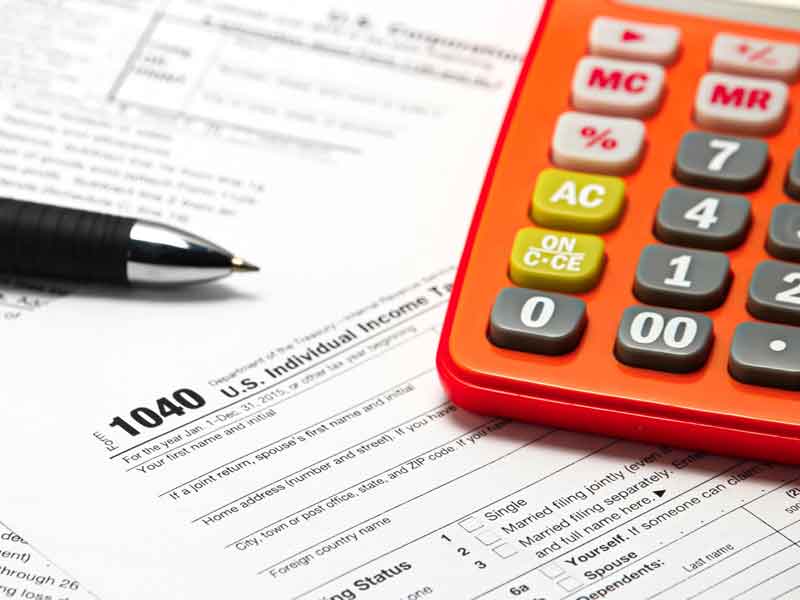
by sreamercpa | Dec 20, 2022 | accounting-tax, IRS, maryland-taxes, tax-planning
Here’s a short checklist to help taxpayers choose a tax preparer for the upcoming filing season
Tax filing season will be here soon. As people begin to gather their documents and receipts in preparation of filing a tax return, many are also choosing to use a professional tax return preparer. Anyone with an IRS Preparer Tax Identification Number can be a paid tax return preparer. However, tax return preparers have differing levels of skills, education and expertise. Choosing a tax return preparer wisely is important because taxpayers are ultimately responsible for all the information on their return, no matter who prepares it for them.
Taxpayers can start their search with the IRS Directory of Preparers
When looking for a tax professional, taxpayers can search the IRS Directory of Preparers. While it is not a complete listing of tax return preparers, it does include those who are enrolled agents, CPAs and attorneys, as well as those who participate in the Annual Filing Season Program.
Before hiring a preparer, taxpayers should make sure they know what they’re getting. They can do this by:
- Checking the preparer’s history with the Better Business Bureau. Taxpayers can also verify an enrolled agent’s status on IRS.gov.
- Asking about fees. Taxpayers should avoid tax return preparers who base their fees on a percentage of the refund or who offer to deposit all or part of their refund into their financial accounts. Taxpayers should be suspicious of any preparer claiming they can get larger refunds than other tax preparers.
- Asking if the preparer plans to use e-file. The fastest way to get a tax refund is by e-filing and choosing direct deposit.
- Making sure the preparer will be available if needed. People should consider whether the individual or firm will be around for months or years after filing the return. It’s possible they’ll need the preparer to answer questions about the preparation of the tax return later.
- Ensuring the preparer signs and includes their PTIN. Paid tax return preparers must have a PTIN to prepare tax returns and must include it on any tax return they prepare.
- Considering the person’s credentials. Only attorneys, CPAs and enrolled agents can represent taxpayers before the IRS in tax matters. Other tax return preparers who participate in the IRS Annual Filing Season Program have limited practice rights to represent taxpayers during audits of returns they prepared.
More information:
Choosing a Tax Professional
Tax Time Guide: Free tax return help available in-person and online
Publication 17, Your Federal Income Tax
Share this tip on social media — #IRSTaxTip: Here’s a short checklist to help taxpayers choose a tax preparer for the upcoming filing season. http://ow.ly/nJWj50LTTaP

by sreamercpa | Jan 19, 2022 | maryland-taxes
Marylanders now have until July 15, 2022, to file and pay 2021 state individual income taxes, Comptroller Peter Franchot announced Wednesday.
Comptroller Franchot said the extended deadline is meant to assist taxpayers facing financial difficulties due to the COVID-19 pandemic. The extension waives penalties and interest on outstanding liabilities.
“Many people are still struggling to stay above water, so giving taxpayers more time to file and pay will hopefully ease their financial pressure,” Franchot said in a statement. “As we approach the two-year mark of the onset of COVID-19, my agency remains as committed as ever to helping Marylanders who still are feeling the pandemic’s impact.”
The Internal Revenue Service, which already has warned of processing delays for the 2022 tax season due to COVID-19, has not indicated any plans to extend the federal income tax filing and payment deadline beyond April 18.





